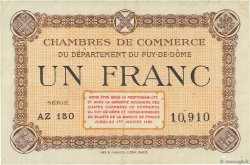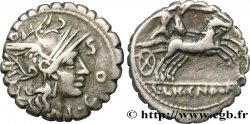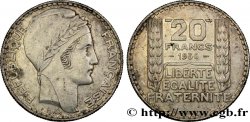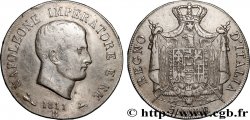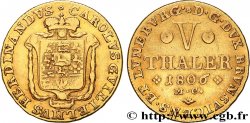Live auction - brm_418640 - QUIETUS Antoninien
You must signin and be an approved bidder to bid, LOGIN TO BID. Accounts are subject to approval and the approval process takes place within 48 hours. Do not wait until the day a sale closes to register. Clicking on "BID" constitutes acceptance of the terms of use of cgb.fr private live auctions.
Bids must be placed in whole Euro amounts only. The sale will start closing at the time stated on the item description; any bids received at the site after the closing time will not be executed. Transmission times may vary and bids could be rejected if you wait until the last second. For further information check the Live auction FAQ
All winning bids are subject to a 18% buyer’s fee.
All winning bids are subject to a 18% buyer’s fee.
| Estimate : | 750 € |
| Price : | no bid |
| Maximum bid : | no bid |
| End of the sale : | 14 March 2017 14:53:09 |
Type : Antoninien
Date: 260/1
Mint name / Town : Antioche
Metal : billon
Diameter : 23 mm
Orientation dies : 6 h.
Weight : 3,21 g.
Rarity : R2
Coments on the condition:
Exemplaire sur un flan mince, large et irrégulier, parfaitement centré des deux côtés avec les grènetis visibles. Très beau portrait de Quiétus. Revers de style fin. Patine gris foncé avec des reflets métalliques dorés
Catalogue references :
Predigree :
Cet exemplaire provient du stock de Goltbeeck, Pays-Bas en 2013 et de la collection du Docteur S
Obverse
Obverse legend : IMP C FVL QVIETVS P F AVG.
Obverse description : Buste radié, drapé et cuirassé de Quiétus à droite vu de trois quarts en arrière (A2).
Obverse translation : “Imperator Cæsar Fulvius Quietus Pius Felix Augustus”, (L’empereur césar Fulvius Quiétus pieux heureux auguste).
Reverse
Reverse legend : INDVLGENTIAE AVG/ *|-// -.
Reverse description : Indulgentia (L'Indulgence) assise à droite, tenant une patère de la main droite et un sceptre transversal de la main gauche.
Reverse translation : “Indulgentiae Augusti”, (L’indulgence de l’auguste).
Commentary
Avec l’intégralité de son argenture superficielle. Rubans de type 3 aux extrémités bouletées. Ptéryges invisibles sous le paludamentum.







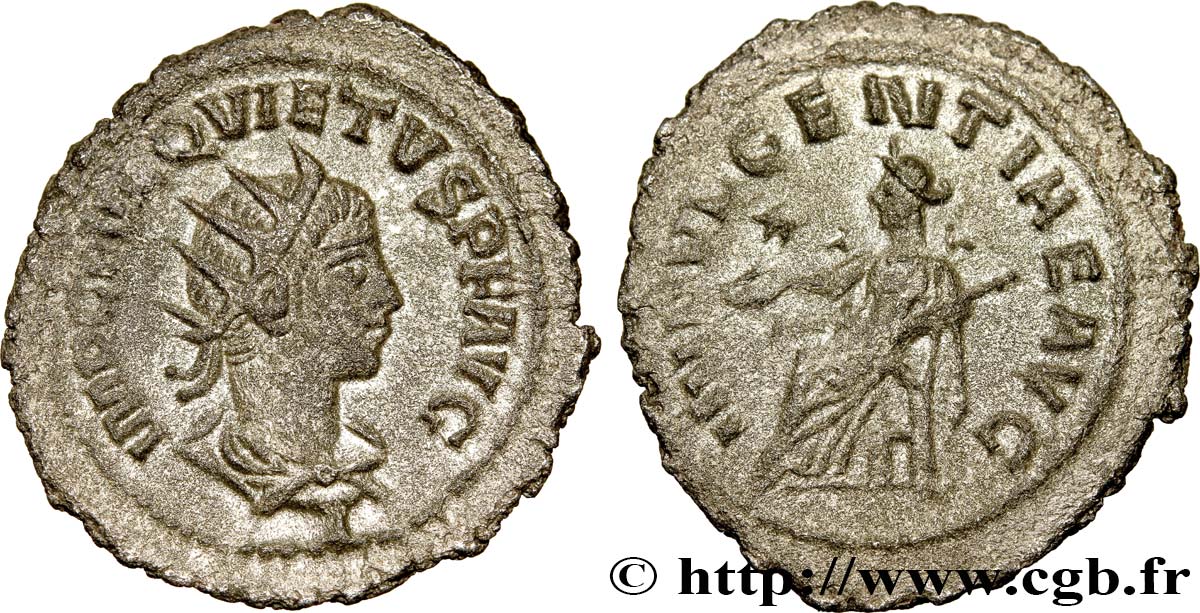
 Report a mistake
Report a mistake Print the page
Print the page Share my selection
Share my selection Ask a question
Ask a question Consign / sell
Consign / sell
 Full data
Full data
